The Workshop at Andover is an immersive term-long learning experience. Spring-term seniors stop all traditional academic courses and instead work closely with peers and faculty on a series of linked, interdisciplinary projects that revolve around a single subject. This term the subject is Community, Class, and Carbon.
The following is a student reflection from the sixth week of the program. (Also read Emmeline ’20’s Week 6 reflection.)
Sadie is at home with her family in Maryland, where she enjoys morning runs on a wooded path by a nearby stream. She works in both her room and the sunroom, where she is surrounded by windows and natural light.
My favorite thing about my American Girl doll was not the doll itself, but, rather, the book that accompanied her. My grandmother gifted me a trip to the American Girl doll store when I turned nine, and I (somehow) returned home with the only American Girl Doll that was not an American. Her name was Emily, and she was a refugee from London during the early 1940s who came to stay with Molly and her family to escape the bombing. For the most part, Emily resided untouched on my bookshelf, for I was more interested in her story than playing with the physical doll.
From a young age, I was an avid reader. On bus rides to school in first and second grade, my friend Sage and I would discuss our latest reads and swap book recommendations. However, at our young age, we were mainly exposed to fantasy and realistic fiction. Emily came with a book about her journey from England to the United States that detailed life during World War II in both countries, and from the moment I started reading, I was hooked.
My favorite type of learning is interdisciplinary — I love watching documentaries, learning history and music through my Spanish class, and discussing ethics in biology. The more I learn, and, specifically, the more I learn through interdisciplinary learning, the more I am able to add to my web of knowledge and understanding of the world.
The American Girl doll books were my first experience of interdisciplinary learning, without me even realizing it; I was cultivating my reading skills, while at the same time learning history. I had a conversation with my grandmother a few weeks ago when a lot of basic groceries were becoming unavailable, and I mentioned my family had run out of flour. She began comparing the food scarcity and shelf rationing of certain supplies to the rationing that took place during World War II. Rationing has never been covered in a history class of mine, but because I read Emily and Molly’s American Girl doll books, I knew the specifics of how rationing was implemented in the 1940s and was able to talk about it in depth with my grandmother.
In the grand scheme of things, being able to have a conversation about rationing isn’t the most compelling product of my love for historical fiction. It is more about the bank of knowledge that I have now acquired, the new sections of a web that I am able to weave and connect to previously existing threads in my mind. I still have Emily, and she still sits untouched on the top of my bookshelf. Below her, the shelves are packed with books.
To learn more about the Workshop, read Tang Institute Director Andy Housiaux’s recent update here.
*We look forward to updating you on the ways we are (re)imagining the Workshop, our connection with students, and our approaches to teaching and learning. Follow us on Twitter, Instagram, and Medium. Subscribe to our monthly newsletter, Notes on Learning.




